When the need for consistent and reliable medical care becomes a priority, many individuals and families consider relocating closer to healthcare facilities. Selling a home in these circumstances can be an emotional and logistical challenge.
However, understanding the process and options can make this transition smoother. If you’re looking to sell your home quickly for such a move, this guide covers everything you need to know.
1. Assess Your Current Situation and Needs
The first step in deciding to sell your home for a medical move is to evaluate your current situation. Ask yourself: What specific medical needs require relocation? Do you need to be near a specialized hospital or caregiver?
Understanding your medical requirements will help you determine the urgency of the sale. For example, if a loved one needs immediate access to a facility, a quick home sale may be your best option. Conversely, if the move is more of a long-term plan, you can explore traditional selling avenues. Considering your health condition and its progression can also shape the timeline for relocation and sale decisions.
Additionally, assess your financial situation. If funds from the sale will go toward the move or medical expenses, plan a budget. This ensures you set a realistic price for your home while factoring in selling costs like agent fees or minor repairs. It’s also wise to consult with a financial advisor who can help align your sale with long-term financial goals.
2. Prepare Your Home for a Quick Sale
When time is of the essence, ensuring your property is ready for buyers is crucial. The goal is to attract interest quickly while maximizing your home’s value.
- Declutter and Depersonalize: Remove personal items and unnecessary clutter. This makes it easier for potential buyers to envision themselves in the space.
- Make Necessary Repairs: Address obvious issues, such as leaky faucets or broken fixtures. Minor repairs can significantly impact the perceived value of the home.
- Consider Staging: Staging can highlight your home’s best features and increase buyer interest. Even small touches, like fresh flowers or neutral decor, can make a difference.
For those aiming to sell their homes quickly, working with cash buyers or companies specializing in fast sales may be worth exploring. They often purchase homes as-is, saving time on preparations. Always weigh the potential trade-off between convenience and getting the best possible price for your property.
3. Understand the Local Real Estate Market
Your home’s location and the current state of the real estate market play critical roles in how fast it sells. Researching market trends can give you an advantage when pricing and timing the sale.
In a seller’s market, you may receive multiple offers quickly, while a buyer’s market may require competitive pricing. Additionally, reviewing recently sold properties in your neighborhood with similar features helps set a fair price that aligns with market expectations. Knowing whether the demand in your area is high or low can further guide your strategy.
Working with a knowledgeable real estate agent can streamline this process. They can provide market insights and strategies to help achieve a quick home sale without sacrificing value. An experienced agent can also guide you on whether making upgrades or changes would help increase the appeal and speed of the sale.
4. Explore Selling Options
There are several avenues to sell your home, each with pros and cons. The right choice depends on your priorities, such as speed, convenience, or maximizing profit.
Traditional sales, which involve listing your home with an agent, are the most common route. While this method can yield the highest price, it may take time due to showings, negotiations, and buyer financing. Alternatively, selling to cash buyers or investors often results in a quicker process—sometimes within days.
Though the sale price may be lower than market value, this option is ideal for those prioritizing speed. Some sellers also explore hybrid models where they list the home but remain open to cash offers.
5. Plan Your Transition to the New Location
Selling your home is only part of the process. Moving closer to medical care involves logistical planning to ensure a seamless transition.
Start by researching affordable and accessible housing near the medical care provider. Consider factors like proximity to public transportation and other amenities. Moving to a new area can be isolating, especially if you’re focused on medical care, so try to find a location near friends, family, or community resources. This connection can provide emotional support and practical help as you settle in.
If possible, arrange visits to your new location before finalizing the sale. This will help you identify potential challenges and ensure your new home meets all your needs. Planning the move’s timeline carefully will reduce stress and allow you to manage both medical needs and relocation tasks effectively.
Move Closer to Care
Selling your home to move closer to medical care is a significant decision that requires careful planning and execution. By understanding your options, preparing your property, and choosing the proper selling method, you can achieve a smooth transition.
Whether your priority is a quick house sale or maximizing value, the key is to stay informed and work with trusted professionals. This approach ensures that you and your loved ones are well-positioned for a brighter future with access to essential medical care. Taking these steps now can help alleviate the stress of uncertainty and create a solid foundation for your medical and personal well-being.


